#Autos News
Explore tagged Tumblr posts
Text

Let's go to the beach together
6K notes
·
View notes
Text
We have been lied to, suppressed and conned by rich globalist money hungry elites...
Water Powered Car in 1974:
- Goes 70 MPH
- Travels over 1000 miles on one tank
- Releases zero pollution
We could be driving water-powered cars but the forces that manipulate humanity would never allow it. As human consciousness rises, and the control system dissipates, we will see the re-emergence of great technologies like this. 🤔
#pay attention#educate yourselves#educate yourself#reeducate yourselves#knowledge is power#reeducate yourself#think about it#think for yourselves#think for yourself#do your homework#do your own research#do your research#do some research#ask yourself questions#question everything#government lies#government corruption#government secrets#truth be told#evil lives here#lies exposed#technology#cars#auto industry#news#hidden history#secret history#history lesson#history#you decide
495 notes
·
View notes
Text

#classic cars#cars#auto#sports car#automobile#classic car#car photo#car#porsche#automobiles#stylish#autos#automotive#vintage cars#vintage#car design#car photography#car porn#auto news#car show#classic style#luxury car#car industry
996 notes
·
View notes
Text


Source

1K notes
·
View notes
Text
tiktok hate comments i think sentient AIs would use
glados: flying cars they said
AM: post this on instagram reels
hal: and the world kept spinning
edgar: AND THE CROWD...!!! oh the crowd is leaving
wheatley: hello! i couldn't reach you in private, so here's the answer to your question. no, it's not normal to have inflammation in the anus area after intense penetration
yes man: oh! that's not...
p03: i'm gonna lie this is 🔥
bender: my ranked teammates
auto: keys
closet: do you do weddings
#sentient AI#sir they hit the second text post#glados#portal 2#wheatley#AM ihnmaims#ihnmaims#2001 aso#2001 a space odyssey#hal 9000#edgar electric dreams#electric dreams 1984#fallout new vegas#yes man#inscryption p03#p03#bender#bender futurama#auto wall e#barbie closet#objectum#robotfucker
638 notes
·
View notes
Text














most anticipated games of 2025 (and beyond)
#mixed games#gamingedit#dailygaming#video games#happy new year#here's to gaming in 2025!#metal gear solid#grand theft auto#gears of war#pokemon#mafia#death stranding#doom#fable#professor layton#ghost of yotei#the outer worlds#perfect dark#metroid#halo#mikaeled#vindicia#mistress-light#useranapples#tusersahar#apocalypsekid#userdoisy#usermaro#useranya#userbrittany
437 notes
·
View notes
Text
#LosPollosTV#memes#meme#tiktok#tiktok memes#video#new jeresy#funny#tumblr#kane52630#star wars#mario kart#grand theft auto 6
527 notes
·
View notes
Text

3K notes
·
View notes
Text
Are Vehicles Spying On Us? 🤔 YES?
#pay attention#educate yourselves#educate yourself#reeducate yourselves#knowledge is power#reeducate yourself#think about it#think for yourselves#think for yourself#do your homework#do your own research#do some research#do your research#ask yourself questions#question everything#government corruption#rogue government#government secrets#government lies#truth be told#lies exposed#evil lives here#vehicles#spying#crimes against humanity#auto industry#big corporations#news#hidden knowledge
259 notes
·
View notes
Text

#vintage cars#vintage#car photo#classic car#cars#classic cars#car#automobiles#automotive#auto#auto news#street style#classic style#classic design#elegant aesthetic#luxury car#expensivecars#car design#car detailing#car decor#car photography#car porn
979 notes
·
View notes
Text
Paul Blest at More Perfect Union:
Thousands of workers at a Volkswagen plant in Chattanooga, Tennessee have voted to join the United Auto Workers, defying an all-out union-busting effort from the state’s political leaders and marking a key victory for the United Auto Workers in their renewed effort to organize the South and non-union plants.
Unofficial results tallied Friday showed that after three days of voting, more than two-thirds of workers voted to join the UAW. The win in Chattanooga is the first successful attempt to organize a non-union automaker in decades and comes after multiple failed attempts to organize the plant, including in 2014 and 2019. More than 4,300 workers were eligible to vote this week. “I can't explain it. It's not like the first times,” Renee Berry, who has worked at the Chattanooga plant for 14 years and through two prior facility-wide votes, told us in the lead-up to the election. “The first few times was hell…now it's like we can roll our shoulders back, because we got it.” Volkswagen is the world’s largest auto company by revenue, and until today, every one of its plants around the globe has been unionized except for one.
"This is going to be in history books down the road. This is huge—forever huge,” Robert Soderstrom, a worker at the plant, told More Perfect Union. “People recognize for the first time in a long time, on a mass scale, that there's got to be some changes. And some of the power and stuff that's gone to the corporate world needs to come back to us little guys.” The victory in Tennessee continues a winning streak for the UAW, which negotiated record contracts at the Detroit Three of Ford, GM, and Stellantis last year following a lengthy “stand-up” strike. After passing the contracts, UAW President Shawn Fain announced a $40 million effort to organize non-union U.S. plants, largely based in right-to-work states like Tennessee and owned by auto companies based in Europe, Japan, and South Korea, as well as EV manufacturers like Tesla and Rivian.
Since launching that new effort, more than 10,000 autoworkers around the country have signed union cards, according to the UAW. Earlier this month, workers at a Mercedes plant in Vance, Alabama became the second group to file for an election, which will be held from May 13 to 17. Alabama Gov. Kay Ivey and the state Chamber of Commerce have forcefully opposed the unionization effort, claiming it would hurt Alabama autoworkers—who, even before the pandemic, were making less than they did in 2002 when adjusted for inflation. The same dynamic has played out in Tennessee. Gov. Bill Lee, who denounced the last unsuccessful union campaign in 2019, said it would be a “mistake” for workers at the Chattanooga plant to unionize and boasted about the state’s “right-to-work” law.
🚨🚨 BREAKING:🚨🚨 Workers at the Volkswagen (VW) plant in Chattanooga have voted yes to join the United Auto Workers (UAW) after 2 failed attempts in 2014 and 2019. #UAW #VWChattanooga #1u
#Unionizaion#Unions#Labor#Labor Unions#Workers' Rights#VW Chattanooga#Chattanooga Tennessee#US News#Chattanooga#UAW#United Auto Workers#Volkswagen#VW#UAW Strike
442 notes
·
View notes
Text


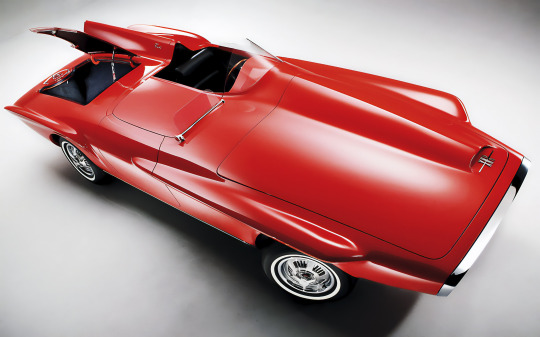

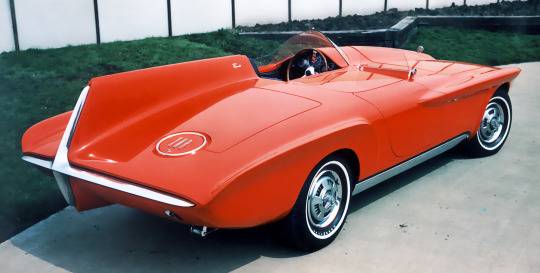
Plymouth XNR Concept, 1960. Designed by Virgil M. Exner and built by Carrozzeria Ghia, the XNR made its first public appearance at the New York Auto Show. It used the chassis and Slant-6 engine from the Valiant, both of which were new for the 1960 model year.
#Plymouth#Plymouth XNR#Virgil Exner#concept#design study#1960#straight 6#New York Auto Show#prototype#Valiant#open roof
529 notes
·
View notes
Text
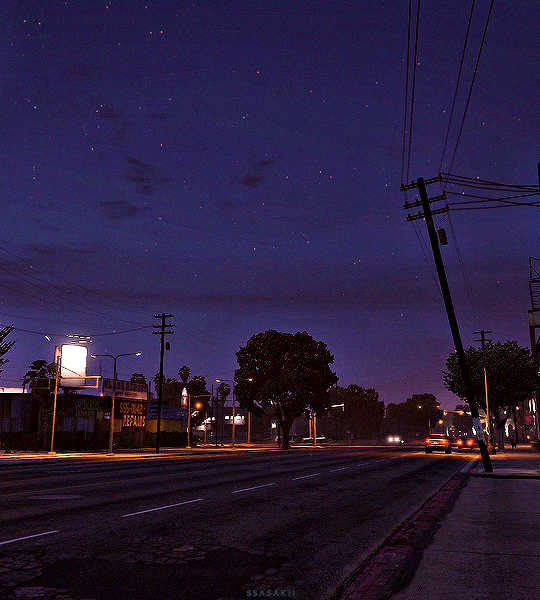

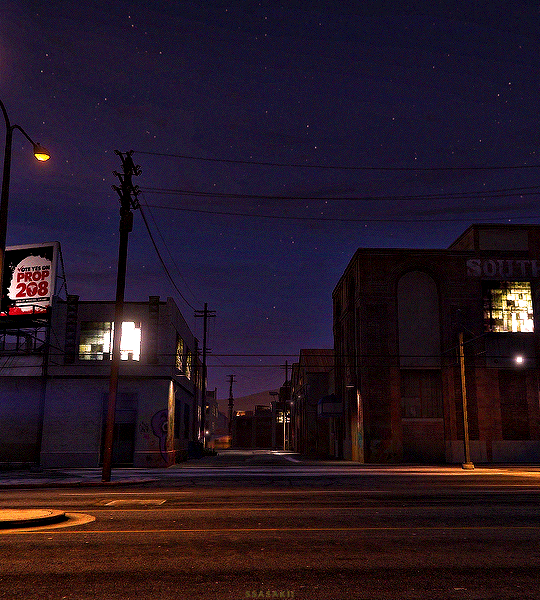
andy plays ▸ gta v online [1/∞]
#dailygaming#agamersworld#miyku#videogamesdaily#gamingedit#gamediting#userwolfkissed#gta v#gta online#gta#grand theft auto#games#*mine#*gifs#andyplays:gtav#edit:newdim#*gtagifs#*gta#*2024#been a while since i last played this game#and i loved their new update of exclusively playing with friends#cause some players in here are rude af but ig that's just the nature of this game#enough rambling andy
353 notes
·
View notes
Text


















used blinkies.cafe to make a bunch of blinkies based off either my current interests or special interests :3
other blinkies i made
#blinkie#blinkies#f is for family#cult of the lamb#ride the cyclone#rtc#cotl#my chemical romance#mcr#the beatles#steam powered giraffe#spg#pearl (2022)#pearl movie#jacksfilms#grand theft auto v#gta v#fallout new vegas#fnv#weird al#weird al yankovic#undertale#filthy frank#filthyfranktv#sonic.exe#whang#whang youtube#roblox#garfield#super mario 64
257 notes
·
View notes
Text

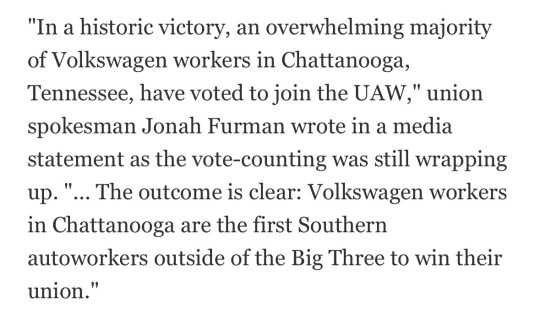
Source
Let’s go!
#unionize#unions#good news#news#current events#government#workers#workers rights#working class#solidarity#auto industry#the left#progressive
357 notes
·
View notes
Text
Lexus LC 500 (NYIAS) 🗽🚗


#New York International Auto Show#New York City#Auto Show#Lexus#LC 500#Car Show#Sports Cars#Lexus LC 500#Javits Center#NYIAS#Cars#Manhattan#New York
65 notes
·
View notes